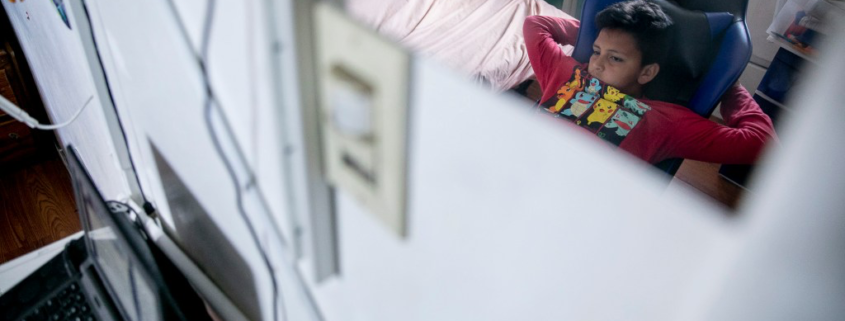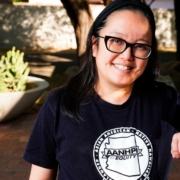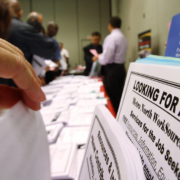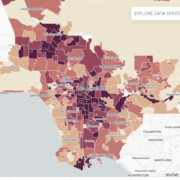Analysis shows why millions of California students lack broadband
The COVID-19 pandemic has had significant impacts on the state of schools and the quality of education students are able receive. Depending on a student’s access to reliable internet, the last year of virtual school has ranged from enriching to impossibly discouraging.
Which kids have access follows a stark pattern: Across urban and rural areas alike, public schools with more students in poverty were far more likely to serve households that lacked a basic broadband connection at home in the months before school went online, according to an unprecedented CalMatters analysis. For the vast majority, the barrier to access was not a lack of internet infrastructure — indicating that the more common obstacle was affordability. But for the state’s small population of rural students, those two obstacles unite, leaving three in ten households without a reliable connection.
Most students who go to the schools with the lowest neighborhood broadband access live in urban and suburban areas, especially Los Angeles, where CNK researchers in a December 2020 report estimated that 29% of Hispanic students and 27% of Black students didn’t always have internet last fall, compared to 20% for white students.
For more details, access the full article here >>> The wires may be there, but the dollars aren’t: Analysis shows why millions of California students lack broadband
Access the referenced research brief here >>> COVID-19 and the Digital Divide in Virtual Learning: Fall 2020 report












Leave a Reply
Want to join the discussion?Feel free to contribute!